
What Is a Credit Builder Loan?
A credit builder loan is a financial product that can help consumers establish a positive credit history. Unlike a traditional loan, borrowers will receive a
Brand

Key Takeaways
To endorse a check to someone else, confirm they’re willing to accept it, verify their bank allows third-party checks, sign the back with “Pay…
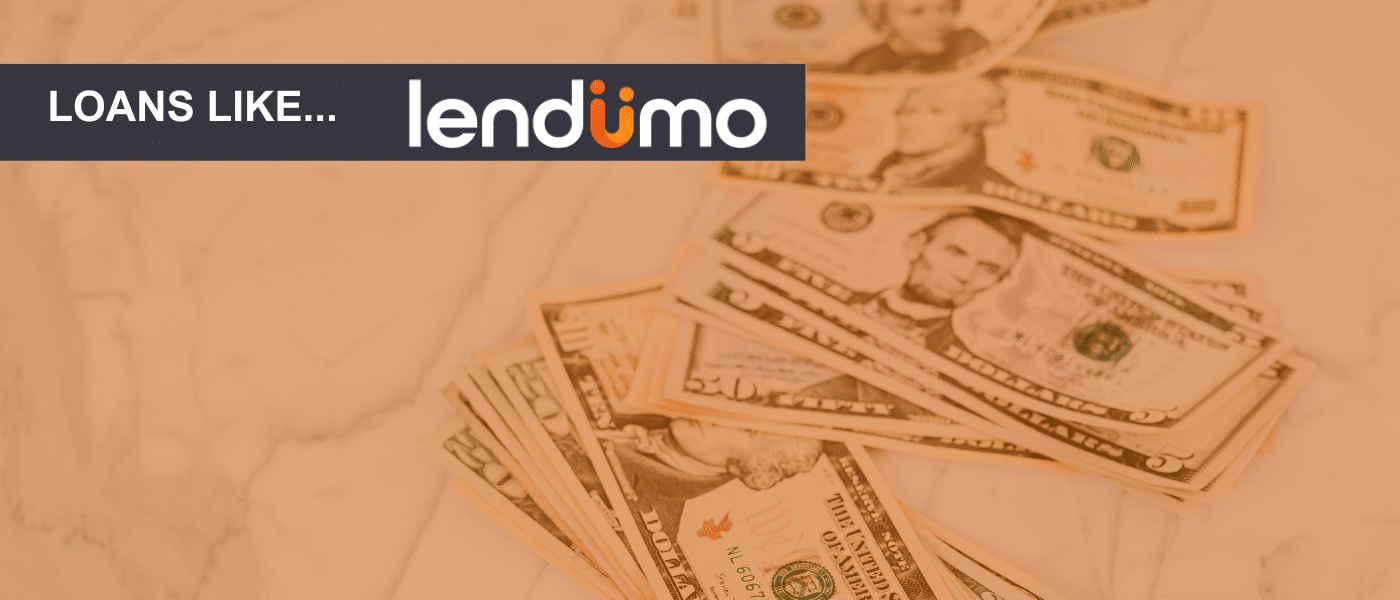
Lendmo is an online tribal lender that offers installment loans. Similar lenders to Lendmo include River Valley Loans, Mawka Finance, and Plain Green Loans, which…
Budgeting

Key Takeaways
Yes, a loan company can garnish your wages, but typically only after obtaining a court order; however, federal debts like taxes or student loans…

Key Takeaways
To write the amount on a check in words, write the dollar amount as you would say it (e.g., “one hundred twenty-five”), followed by…
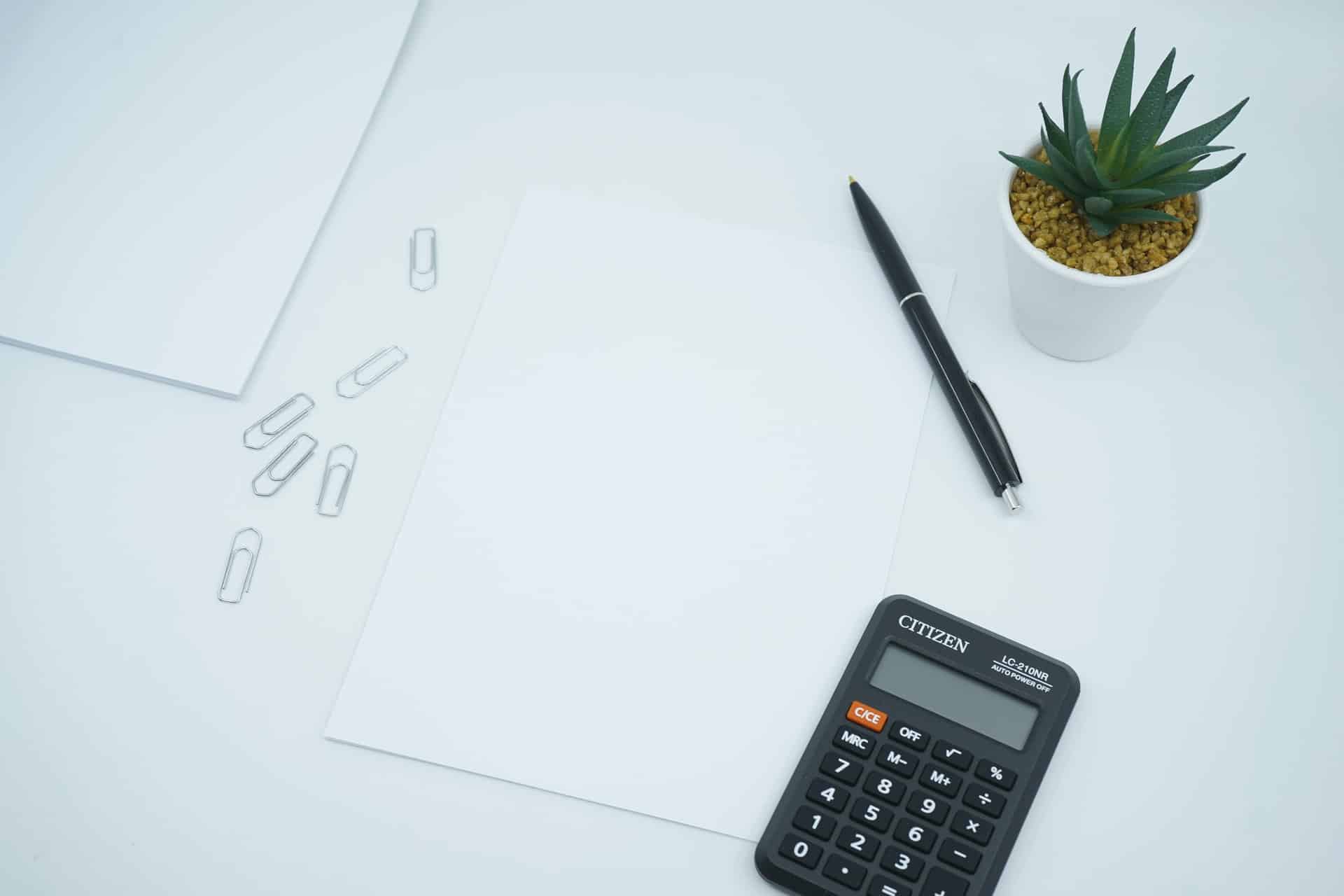
Key Takeaways
A payday loan usually charges interest using a flat fee for each $100 borrowed, which is then annualized into an APR. For example, if…
Credit

Key Takeaways
A 580 credit score qualifies as “fair” and may still allow access to personal loans, though interest rates are typically higher and loan amounts…
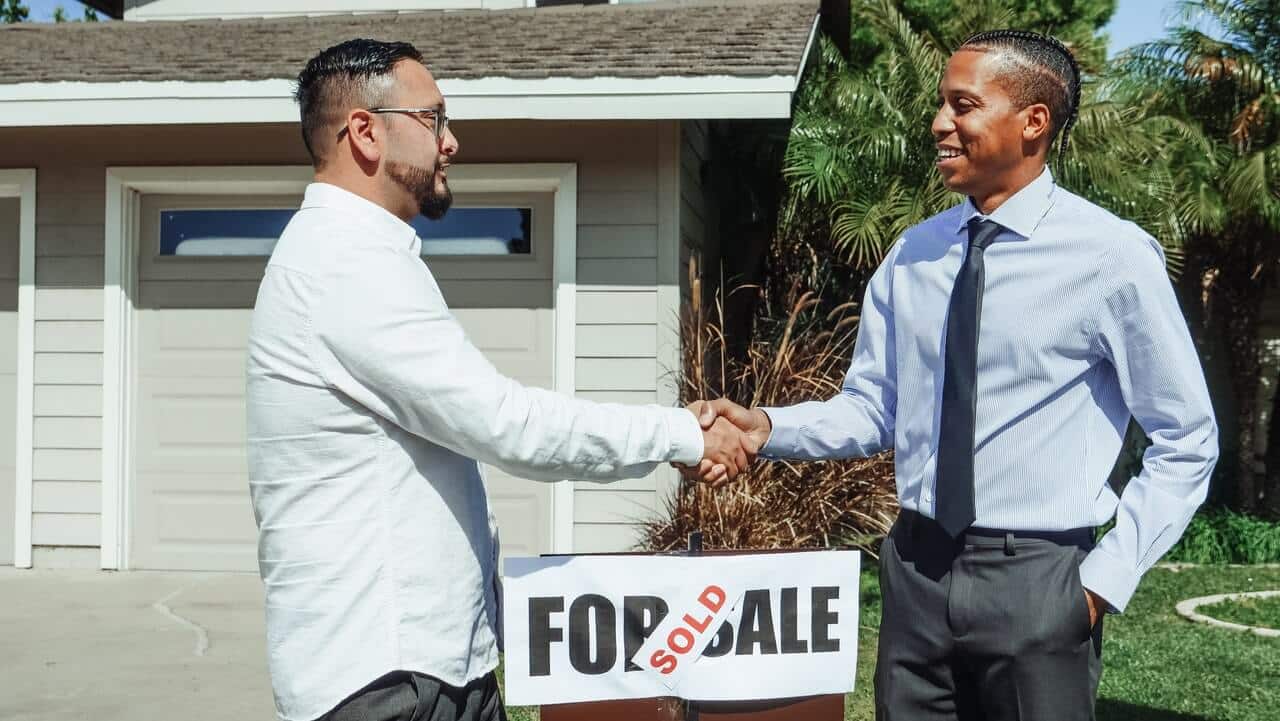
Key Takeaways
Realtors that work with bad credit help clients explore nontraditional financing like FHA loans, which require lower credit scores (as low as 580) and…
View More
Debt
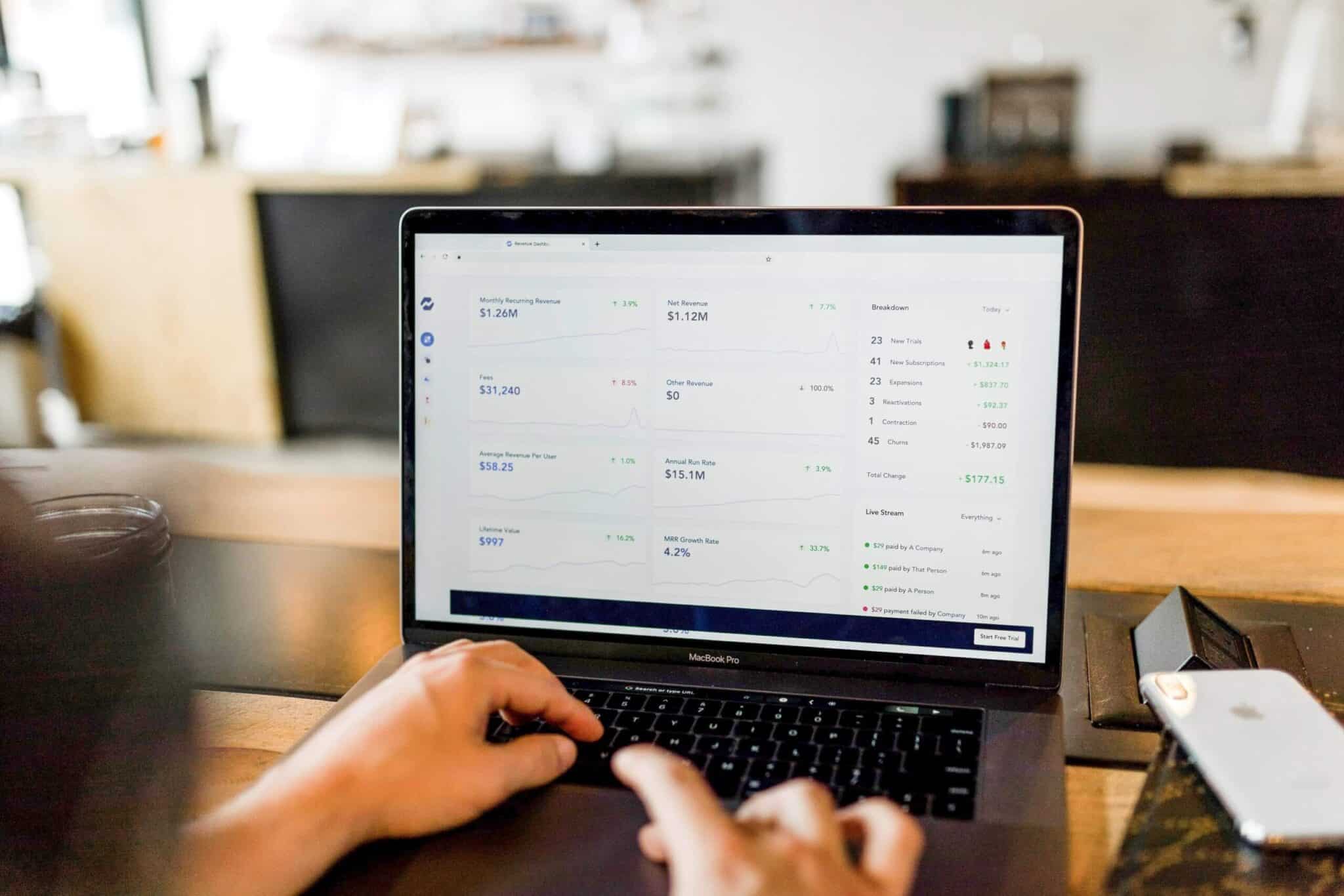
Key Takeaways
Interest rates for bad credit are significantly higher across all loan types—auto loan APRs can exceed 16%, personal loans can reach 28% or more,…
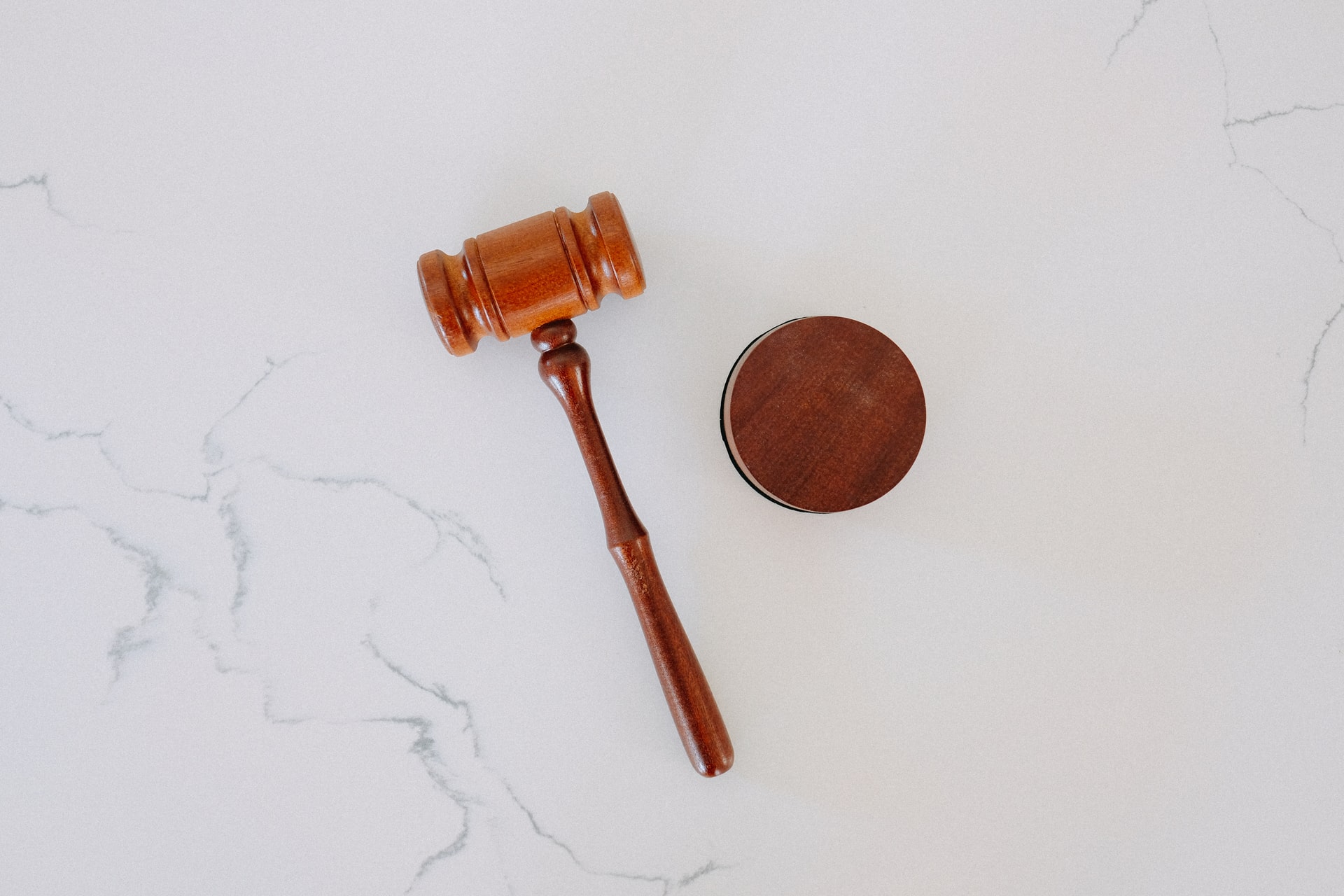
Key Takeaways
Yes, payday lenders can take you to court if you fail to repay your loan, and a court judgment may lead to wage garnishment,…
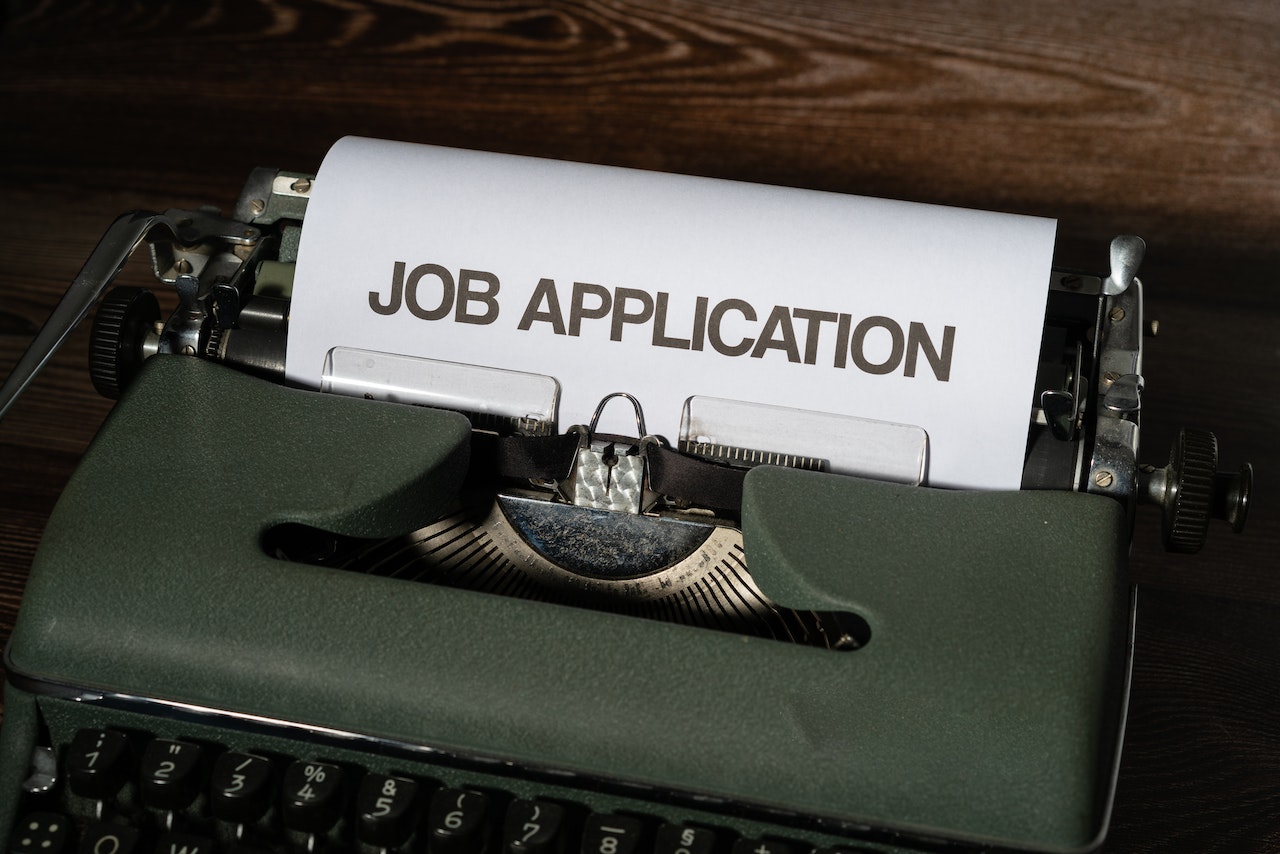
Key Takeaways
Credit card options for the unemployed include secured cards, student cards, business cards for the self-employed, and cards with low limits—approval depends on income…
Interest Rates

Key Takeaways
Payday loans have fixed interest rates, which remain constant throughout the loan term.
These loans are short-term, often due on the borrower’s next payday,…
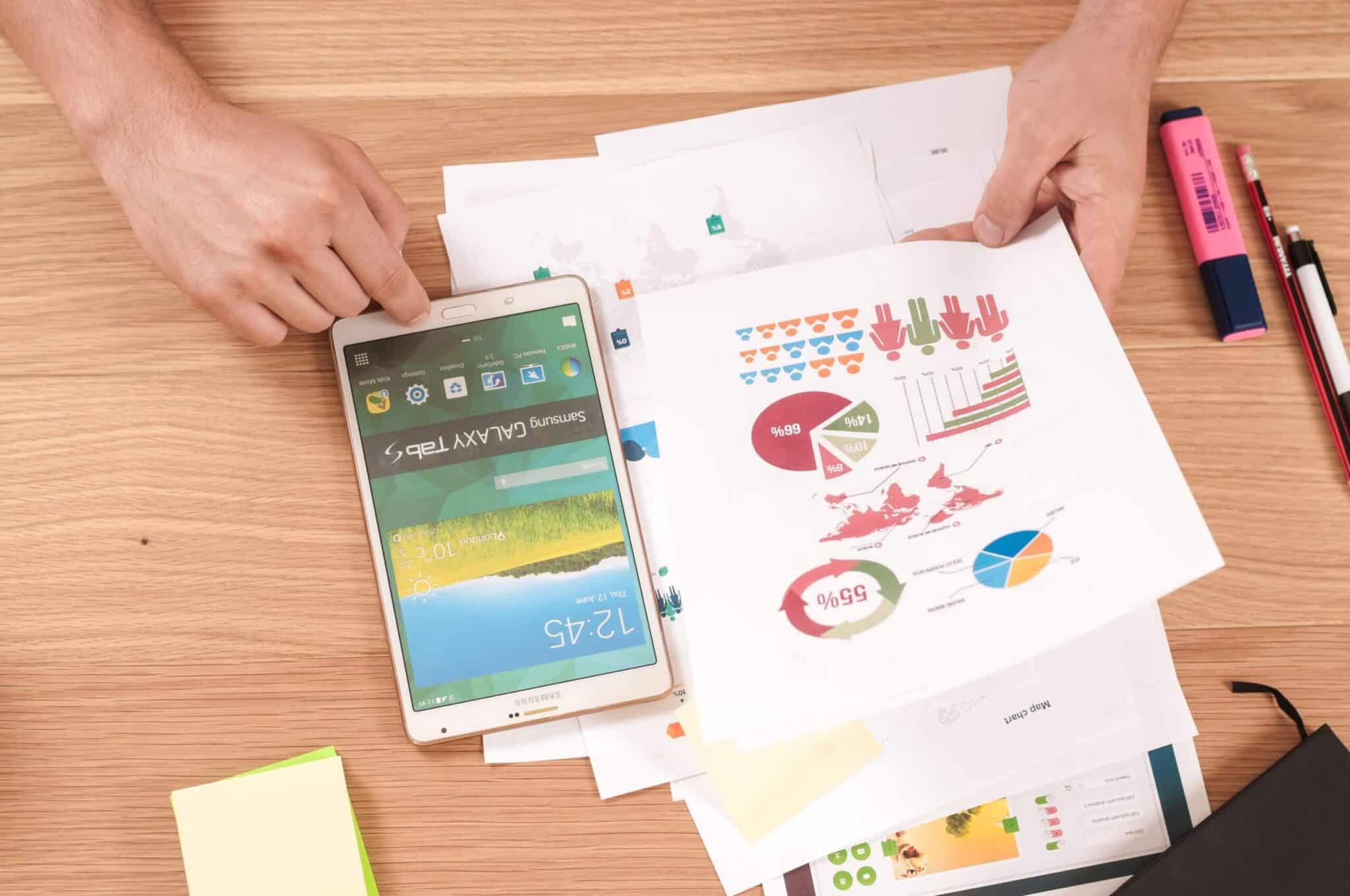
An interest rate is the amount lenders charge for borrowing money. It’s typically expressed as a percentage of the principal on an annual basis. Interest…
Loans

Key Takeaways
A 580 credit score qualifies as “fair” and may still allow access to personal loans, though interest rates are typically higher and loan amounts…

Key Takeaways
A Forgivable Equity Builder Loan is a down payment assistance program from CalHFA that offers up to 10% of a home’s purchase price at…

Key Takeaways
Yes, a loan company can garnish your wages, but typically only after obtaining a court order; however, federal debts like taxes or student loans…
Quick And Easy Personal Loans Up To $2500*